The celebrated comics writer and his renowned artistic partner, Jan Duursema, are in the home stretch of their awesome-looking Kickstarter — and they have bleak futures on their minds.
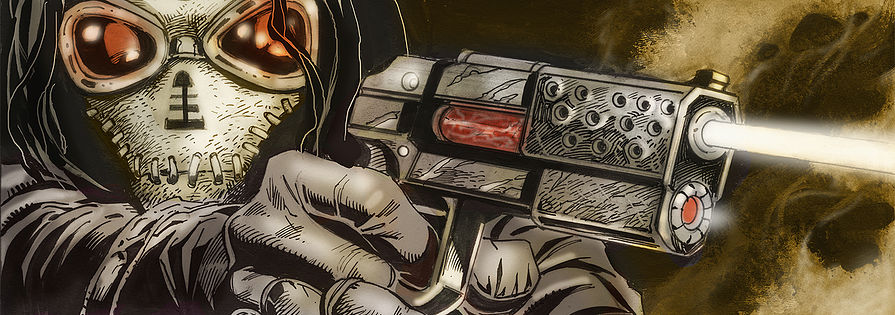
John Ostrander and Jan Duursema are two of the most respected creators to come out of the 1980s comics scene. Ostrander is probably best-known for being the primary creator of the modern-day Suicide Squad (coming soon to a theater near you) and Duursema, after many acclaimed years at DC and Marvel, is one of the great Star Wars comics artists during the Dark Horse run.
But if you’re a reader of this site, I don’t have to really tell you that, right?
Anyway, Ostrander and Duursema have teamed up for a Kickstarter (click here to check it out) that has about a week to go: Hexer Dusk. It’s a 72-page dystopian sci-fi graphic novel featuring nasty aliens and fallen cities and, well, I’ll let them describe it for you:
“The Obsidian galaxy. Five years after the devastating Chaos War. The Sky Cities have fallen from the sky, other-dimensional creatures called the Weird have emerged from the rift caused by the Sky Cities’ destruction. The Weird can’t survive here for long unless they take a being to use as their shell. Living or dead–it doesn’t matter to them. Hexers are the only ones who can destroy the Weird–and most of them died in the Chaos War. Hexer Xane Dusk is one of the last Hexers.”
And there’s your set-up. Now check out this video:
They’ve hit their initial funding goal but are deep in the stretch drive. (Click here for more on that.) In fact, we’re here to tell you that if they get to the magic 500 backers, anyone who sends them the codeword HEXER through the Kickstarter (click here) will receive this badass tattoo:

And to whet your appetite for futuristic destruction, John’s put together a list of 13 Great Dystopian Sci-Fi Stories. Chances are if you like these, you’ll really dig Hexer Dusk. (That is a terrific name, by the way.)
—
By JOHN OSTRANDER
1. The Time Machine. Specifically the 1960 George Pal version starring Rod Taylor. I was about 10 or 11 and I think it may have been one of my first, if not THE first, sci-fi movie I ever saw, as well as the first time-travel story I ever encountered in any form. It terrified me and I loved it and the time machine itself was SO COOL. The future it envisioned was a utopia (for some) that masked a deeper hell.
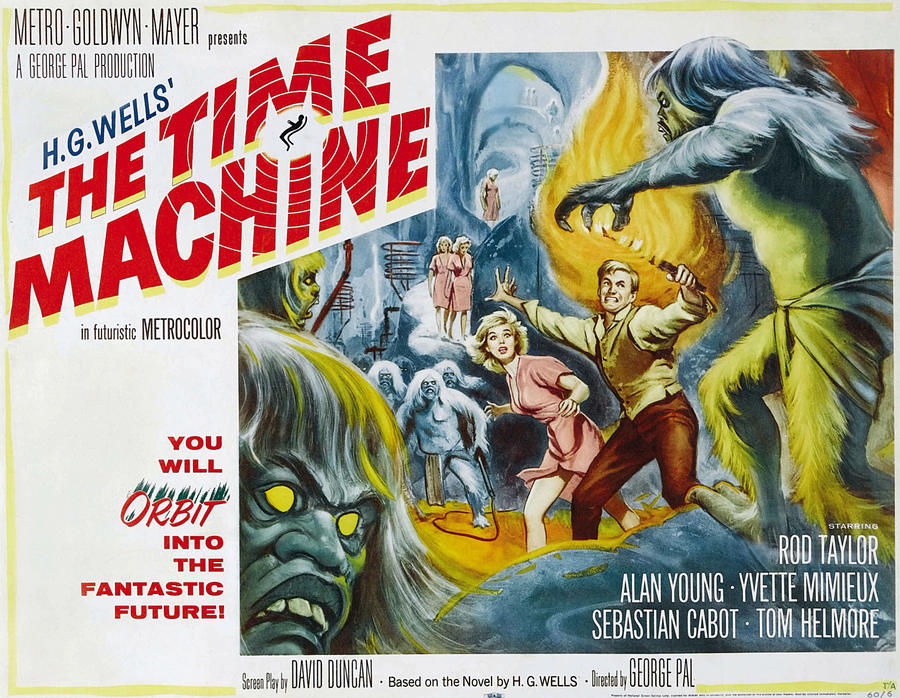
—
2. I also loved the Time Machine variation, Time After Time, in which a young H.G. Wells invents the time machine and chases Jack the Ripper into what he thinks should be a utopian future and turns out, in his eyes, to be a dystopian one. That “future” was the year that the movie came out, 1979, so his future was our present.
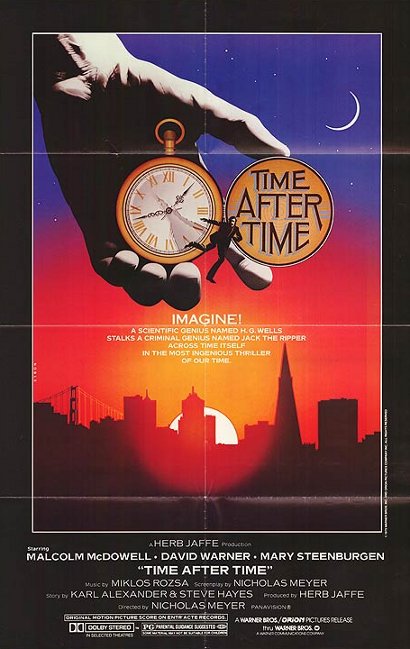
—
3. Firefly/Serenity. The TV series that concludes with the movie. Set after a big galactic civil war with a single ship trying to make its way. It’s the crazed cannibalistic Reavers in both that make it dystopian.
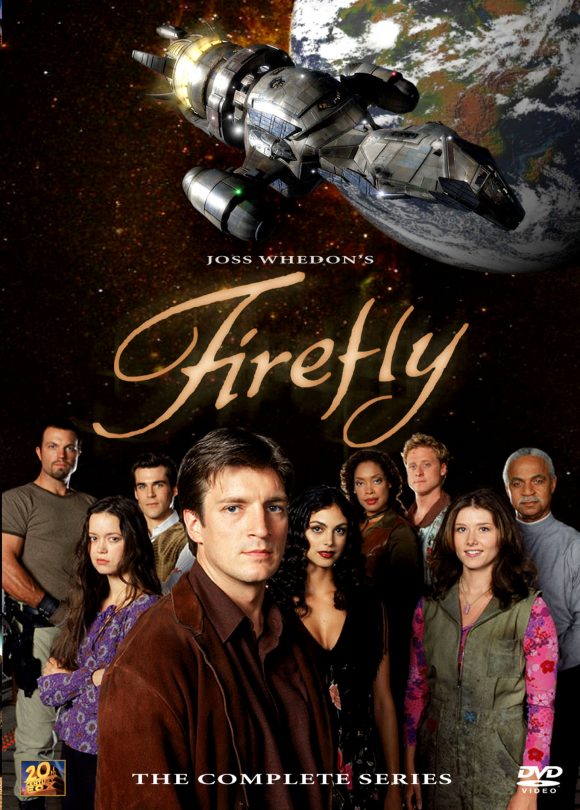
—
4. Blade Runner. Do I really need to say more? The images and concepts are iconic. Life is good for those who live up on top; not so good for those who live down below. Not unlike today. It’s based on the novel Do Androids Dream of Electric Sheep by Phillip K. Dick, who is probably the godfather of dystopian future stories.
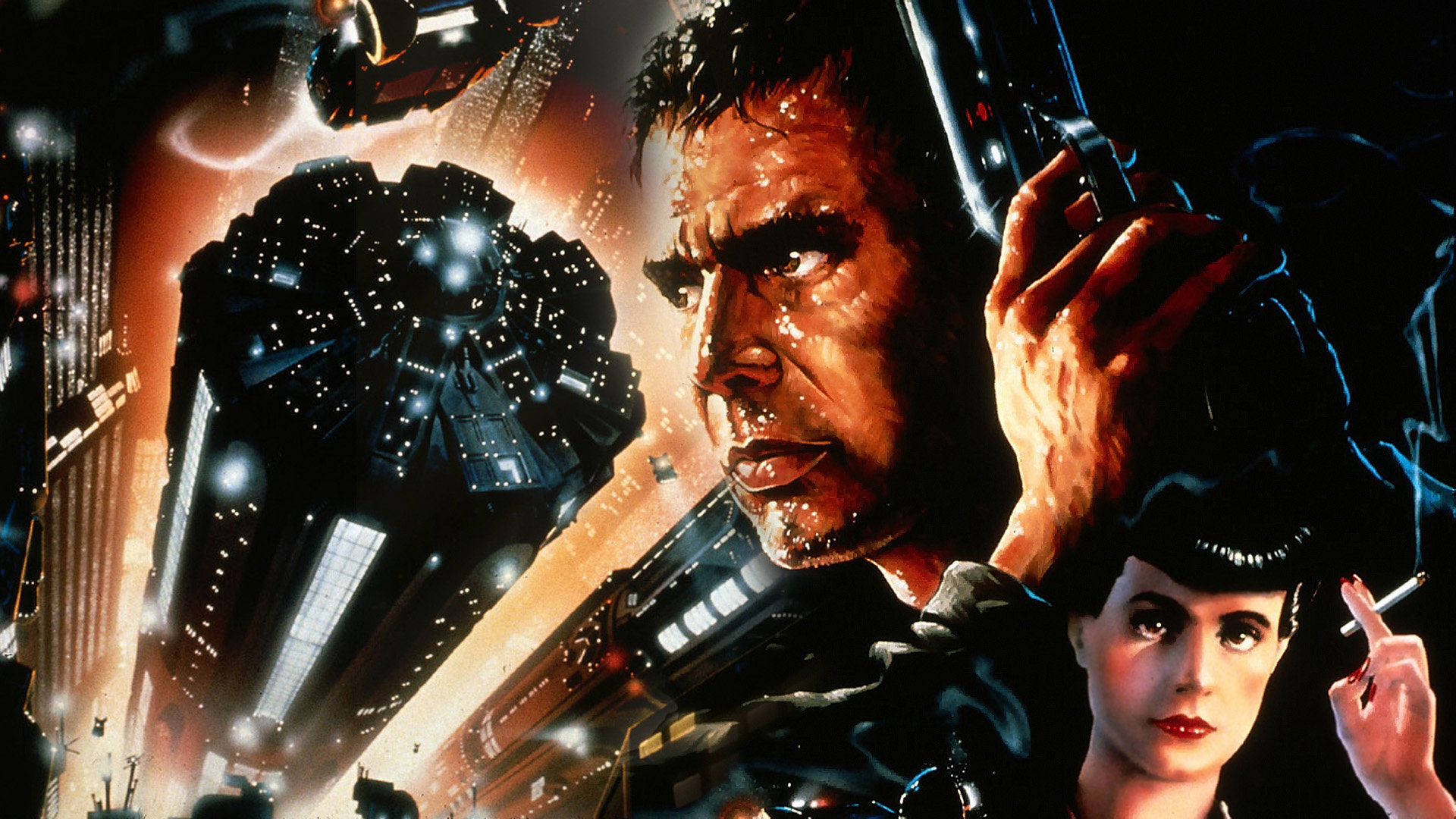
—
5. Transmetropolitan. An iconic comic book from Warren Ellis and Darick Robertson, with touches of cyberpunk and centering on Spider Jerusalem, a renegade journalist in the future who is not dissimilar to the gonzo journalist of our time, Hunter S. Thompson.
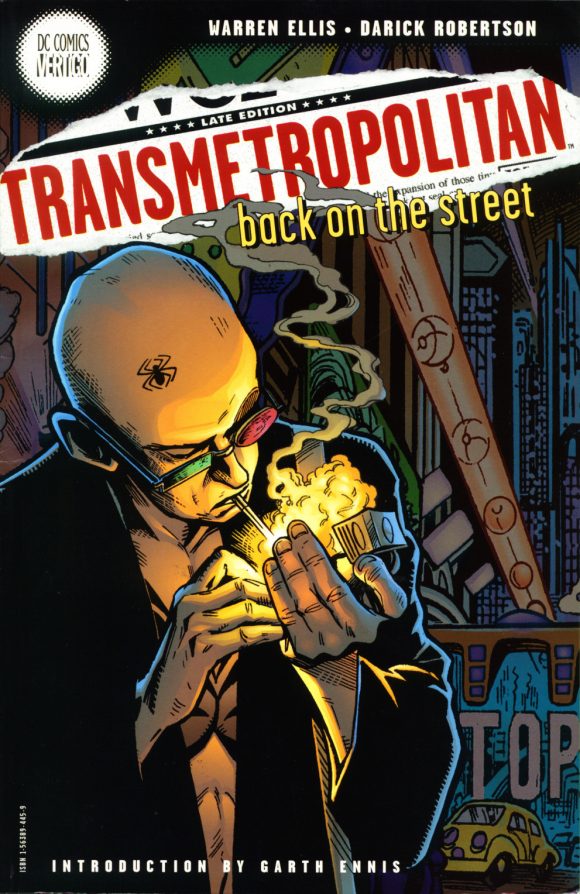
—
6. Judge Dredd. The character in the British weekly comic 2000AD and his own Megazine. In a desolate future where most the Earth is an apocalyptic wasteland known as The Cursed Earth, the majority of the citizens are gathered into huge megacities so large, order can only be maintained with fascistic Judges who ride on powerful motorcycles and are judge, jury and often executioner. Actually, a lot of other strips in 2000AD are also dystopic futures.
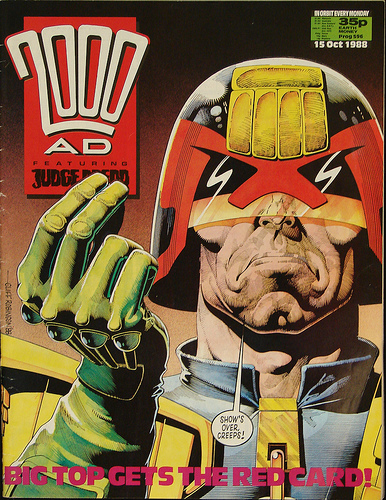
—
7. The Reckoners trilogy of YA novels by Brandon Sanderson, comprising Steelheart, Firefight and Calamity. (There’s also a short story, Mitosis, that takes place between the first and second books.) Calamity is a glowing red object in the sky orbiting Earth that has given some people superhuman powers. Unfortunately, those powers corrupt and all the “Epics” (as they are called) are nasty pieces of work who rule society and have re-ordered it to suit their fancies. The Reckoners work against the Epics, trying to reclaim the planet for humans.
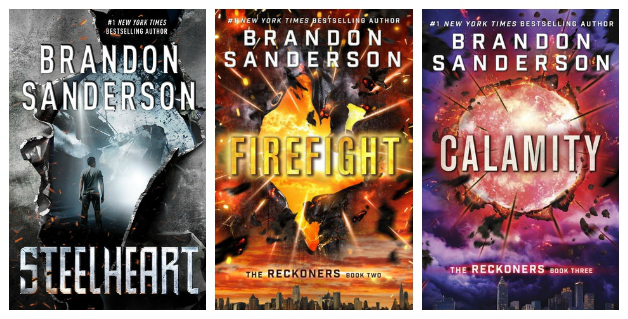
—
8. Edge of Tomorrow. A Tom Cruise film later released with the terrible title Live, Die, Repeat. Is this dystopian and a future? I think so. It’s slightly in the future and the human race is in a war with some ravenous aliens and they seem doomed. Tom Cruise is a PR officer who gets stuck in an invasion. (It’s actually pretty hilarious.) When he gets killed he is also bathed in an advanced alien’s blood that puts him in a time loop (it’s explained in the movie) to go through that day over and over. Each time, he finds out a little bit more about how to beat the aliens. It’s sort of like Groundhog Day with lots of explosions. The film’s directed by Doug Liman, who also directed the first Bourne film.

—
9. Dark City. Sort of a future. Aliens create a great city that is also a floating planetoid and put kidnapped humans on it. They need to understand what makes humans tick as a way of themselves surviving. They run all these experiments on them, changing memories, histories, the very physical aspects of the city. It’s always night there. Very noir-ish. One human may have the ability to defy them.
—
10. Escape From New York/L.A. They’re almost the same film. In the future, New York City has been turned into a prison (L.A. into an asylum holding “undesirables”). Snake Plissken (Kurt Russell) in both movies is assigned to go in and retrieve a person or an object important for national security. Both cities are in terrible shape with very little structured society. What’s worse, to my mind, is the society that would allow this to happen. Escape From New York also heavily influenced the No Man’s Land storyline in the Batman titles from DC.
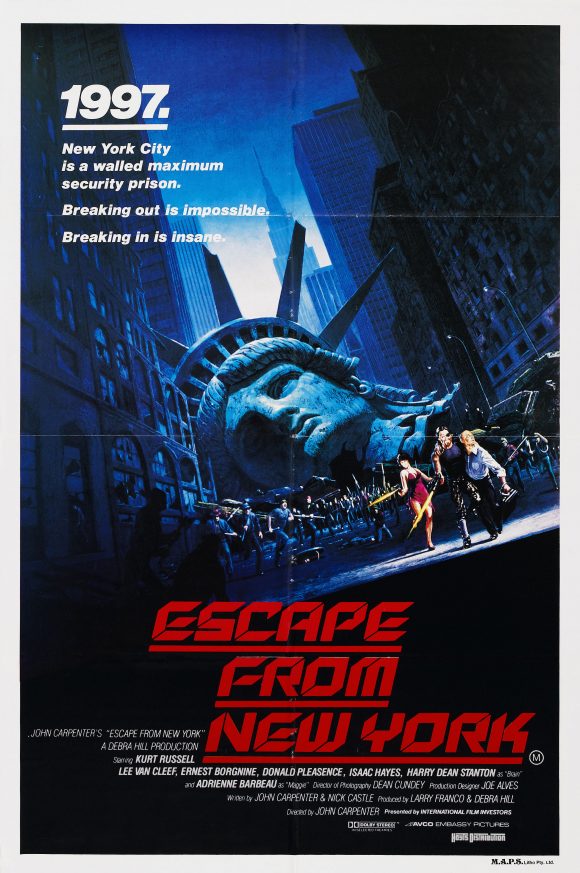
—
11. Fahrenheit 451. Both a book (by Ray Bradbury) and a film directed by Francoise Truffaut. It posits a future where a fireman is someone who burns books. The title is the temperature at which paper catches fire. I’m a writer so this kind of future is chilling to me.
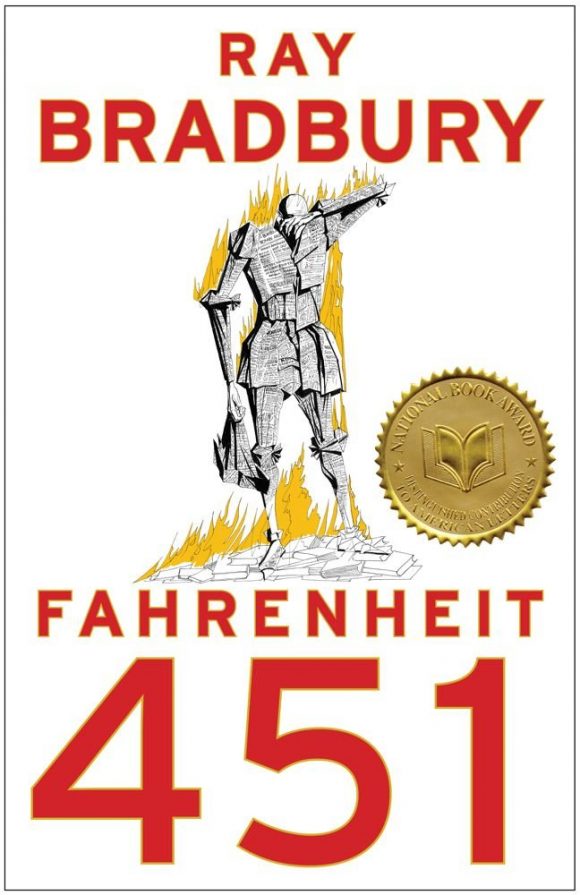
—
12. V for Vendetta. Both a comic by Alan Moore and David Lloyd and a film directed by James McTeague. (Moore disowned the movie as he has disowned most or all of the film adaptations of his work.) In a future fascistic Britain, V is a shadowy freedom fighter with a very personal vendetta against the powers that be. He himself is not a very nice person.
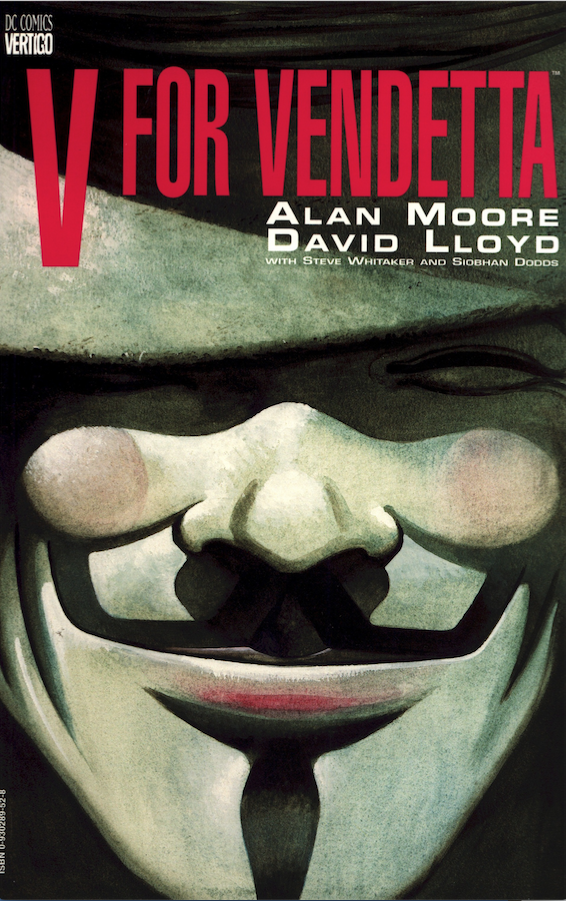
—
13. The Mad Max films. Any and all but especially the most recent, Mad Max: Fury Road. It’s a bleak future following war and critical shortages of resources, often gasoline or water. Society collapses and reforms itself into enclaves that are often despotic. Max Rockatansky was a police officer before society went sideways and, with the deaths of his wife and child, he went a little crazy. Max now roams the desert wasteland that is most of Australia and usually winds up helping pockets of civilization and the deserving, albeit reluctantly. He’s a hard-ass and the vision of his world is persistently bleak.
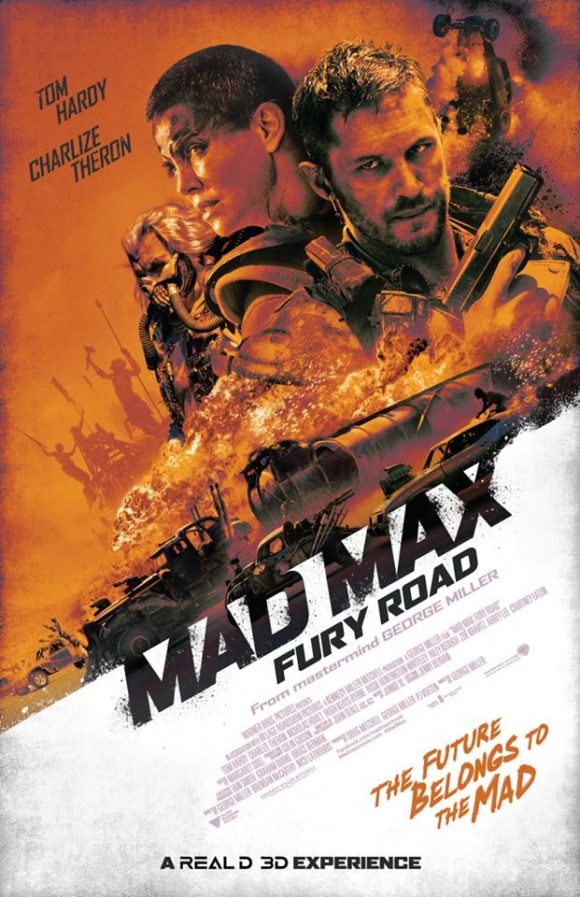
—
For more info on the Hexer Dusk Kickstarter, click here or here.

June 5, 2016
We live in a nation obsessed with work and money, that evaluates the relevancy of culture in terms of its contribution to GDP. “1984” still has one-up on us, but at least Blade Runner can offer the proverbial jet pack! You’ve sparked my interest to watch “Time after Time”. I remember when it first hit theaters, but I was too young to understand it (I even mistook Malcom McDowell for Christopher Reeves!!!)
June 6, 2016
“Time After Time” is a gem.
June 14, 2016
I watched Time after Time last night. It gets a whole new context due to so much on-location filming in San Francisco. I’m a person from the future (2016) watching a time capsule from the past (1979), which is being commented upon by a (putative) person from the 19th century. Also, 1979 itself seems less dystopian than the present–the movie is very upfront and libertine with its dialog, from H.G. Wells making no bones about being an atheist to Amy Robbins’ blunt talk about not being gay, but without the malice that has caused the word she used about lesbians to become taboo. I guess, in a lot of ways, 1975-1979 was a pocket of domestic peace before the Iran hostage crisis and Reagan’s attitudes reignited our war footing and brought America’s religious fundamentalism into the mainstream culture. H. G. Wells didn’t realize how good he had it!